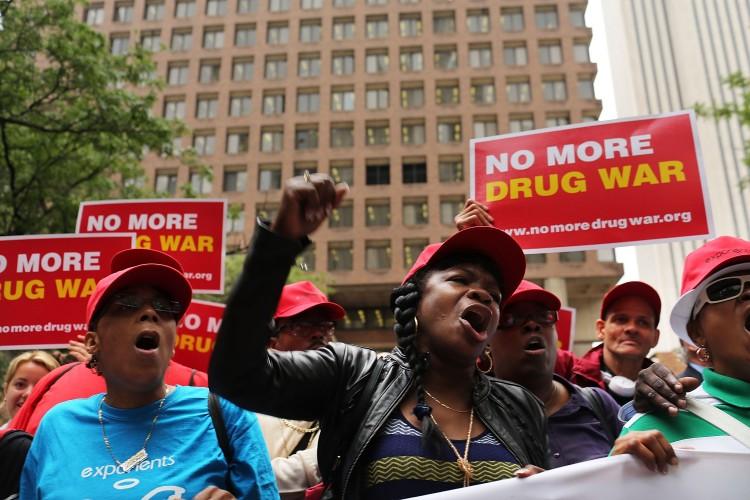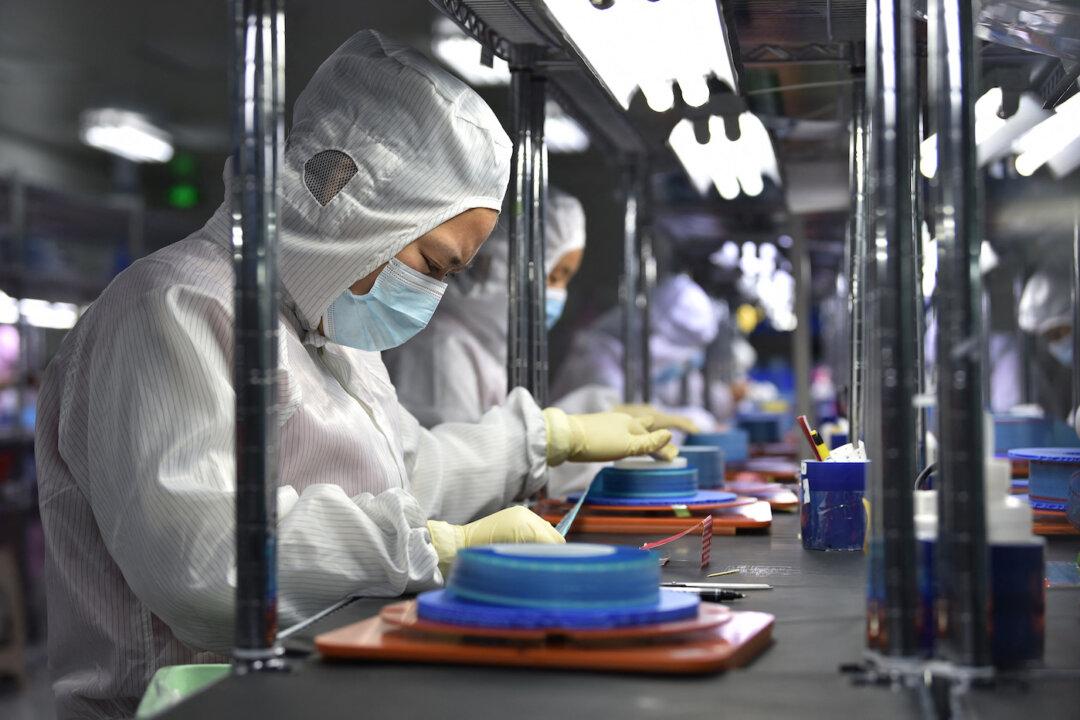Commentary
In the American political landscape, competition with China has always been a significant topic. On the issue of infrastructure, American politicians are copying the Chinese method of massive investment of government money; on the issue of Taiwan, they are afraid of offending the Chinese Communist Party; on wind energy, House legislators are excluding China due to competition. Yet there is one forgotten area that is breeding wealth and will likely harbor Chinese competition—the marijuana industry.





